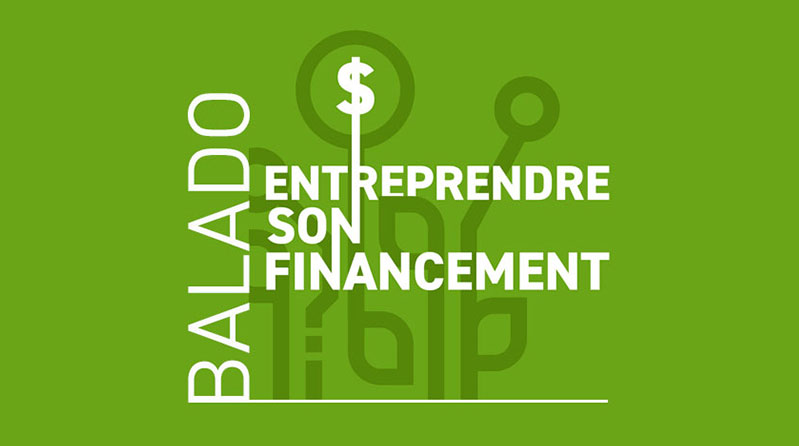By reading this article, you will learn about the different legal business structures in Quebec, as well as their advantages and disadvantages. This non-exhaustive guide is intended to help you choose the right business structure. However, it is always important to consult a legal advisor before starting your business to ensure that your choice aligns with the type of activities you want to undertake.
You should know that most types of businesses must be registered with the Quebec Enterprise Registrar (Registraire des entreprises du Québec) under the Act Respecting the Legal Publicity of Enterprises (L.R.Q., c.P-45). Registration means your business will be recorded with the registrar, and certain information about your business will be publicly accessible.* As such, anyone wishing to start a business in Quebec is required to submit a registration declaration to the Enterprise Registrar no later than sixty (60) days after starting operations. This declaration can now be filed online at the following address: www.registreentreprises.qc.ca.
Once registered, you must update the information declared in your registration annually, as well as whenever there is a change to your business, such as a change in the head office address. These updates can also be made online. On the registrar’s website, you will find all the information you need on how to submit your registration declaration and update your business information.
Additionally, some individuals or entities are exempt from the obligation to register with the Enterprise Registrar, including:
- A sole proprietor operating a business in Quebec under their first and last name.
- A joint venture.
- An unincorporated association (not a nonprofit corporation).
- A partnership.
*Registration also allows you to reserve your business name, ensuring exclusivity of that name.
HOW TO CHOOSE THE RIGHT BUSINESS STRUCTURE
The first question to ask yourself is: Will I operate alone or with others?
A sole proprietor has two options for the type of business structure: a sole proprietorship or a single-shareholder corporation. The first type of business is not incorporated, while the second is an incorporated legal entity.
If you choose to operate with others, several business structures are available: general partnership, limited partnership, joint venture, association, corporation, and cooperative.
TYPES OF BUSINESS STRUCTURES
Sole Proprietorship
A single person owns all the business assets and is responsible for all obligations and debts.
Advantages:
- The simplest, fastest, and most economical legal form to set up, operate, and dissolve
- All profits go to the same person.
- Full freedom of action and decision-making.
- Minimal working capital required.
- The owner can employ staff as needed.
- Possibility to deduct business losses from other income sources.
- Fewer regulatory requirements and greater confidentiality (financial statements do not need to be disclosed).
Disadvantages:
- Personal and business assets are combined. In case of bankruptcy, all personal assets may be seized due to unlimited personal liability.
- Business failure results in personal bankruptcy.
- High tax rates since business income is taxed at personal rates.
- Limited growth due to difficulty obtaining capital, as financing depends on the owner’s resources and credit.
- The business ceases to exist upon the owner’s death.
Partnerships (General, Limited, and Joint Ventures)
A partnership is operated by two or more owners who are jointly and severally responsible for obligations and debts. A partnership agreement outlining rights and responsibilities is highly recommended.
Advantages:
- Simple to establish, manage, and dissolve.
- Confidentiality due to the non-disclosure of financial statements.
- Business losses can be deducted from partners’ other income sources.
- Additional capital from multiple partners, with contributions that may be financial, professional, or otherwise.
- Broader skill sets and resource pooling.
- A partnership agreement can ensure continuity despite the death of a partner.
Disadvantages:
- High tax rates as income is taxed at personal rates.
- Partners are jointly liable for all obligations, regardless of their capital share.
- Lack of confidentiality and risk of conflict among partners.
- Business ceases to exist upon a partner’s incapacity or death without an agreement.
- Partners share profits based on ownership percentages.
- Finding suitable partners can be challenging.
- In general partnerships, all partners are administrators and share joint liability.
- For limited partnerships, there are two roles: general partners (managers) and limited partners (investors). Only general partners are personally liable for the company’s debts.
Cooperative
A cooperative unites individuals with common socio-economic needs to operate a business. Members are both users and co-owners of the cooperative, which is a separate legal entity.
Advantages:
- Equal ownership and voting rights for all members, regardless of shares.
- Limited liability for members to their share value.
- Requires a minimum of 12 members, with exceptions for worker cooperatives.
Corporation
Also known as a company or corporation, this structure is more complex and requires professional advice to establish.
Advantages:
- A corporation is a separate legal entity with its own rights and obligations.
- Shareholder liability is limited to their investment.
- Survives the death of shareholders and allows for easy transfer of shares.
- Tax advantages and greater financing options.
Disadvantages:
- More expensive and complex to establish and manage.
- Requires compliance with numerous governmental obligations (e.g., annual updates, tax declarations, financial statement disclosure).
- Less confidentiality and more administrative requirements.
SHAREHOLDER AND PARTNER AGREEMENTS
When you have business partners, creating a written and signed agreement is essential. It can prevent future disputes and provide clear guidelines for:
- Capital contributions.
- Profit and loss sharing.
- Rights and obligations.
- Procedures in case of a partner’s death or incapacity.
- Minority shareholder protections.
- Valuation of shares or stakes upon a partner’s withdrawal.










